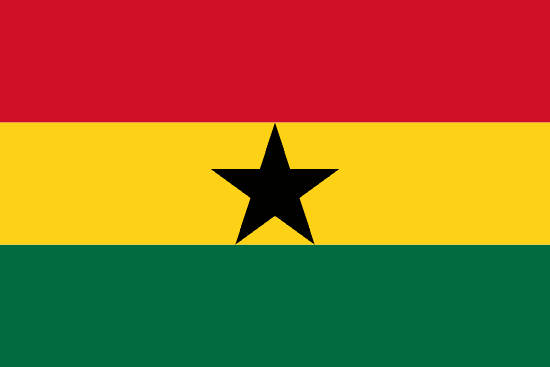"Kumasi, wo kum apem a, apem beba | Kumasi, if you kill a thousand, a thousand more will come"
About:
Kumasi, a city in Ghana, was founded in 1680 as the capital of the Ashanti Empire. Known for its rich cultural heritage, Kumasi was a key site during the Ashanti-British wars in the 19th-20th centuries. Post-independence in 1957, the city grew as a trade and transportation hub. Today, it's Ghana's second-largest city, renowned for its gold jewelry, Kente cloth, and the Manhyia Palace, the seat of the Asantehene, ruler of the Ashanti people.
When to visit:
Kumasi, the cultural heartbeat of Ghana, offers a vibrant atmosphere year-round for travelers seeking a unique holiday experience. The best time to visit Kumasi is during the dry season, which typically runs from November to March, when the weather is cooler and more comfortable for exploring the city's rich history and traditions. This period also coincides with various cultural festivals and events, such as the colorful Ashanti Akwasidae festival, providing visitors with an opportunity to immerse themselves in the local customs and festivities. For a truly memorable holiday in Kumasi, plan your visit during the dry season to make the most of all that this dynamic city has to offer.
When to avoid:
The worst time to travel to Kumasi, Ghana on a holiday is during the rainy season, which typically occurs from April to October. Heavy rainfall can lead to flooding, making transportation difficult and outdoor activities challenging. Additionally, the humidity during this time can be intense, making sightseeing uncomfortable for visitors. It is advisable to avoid traveling to Kumasi during the rainy season to ensure a more enjoyable and hassle-free holiday experience.
Rainy Season (Apr–Jun)
Kumasi, Ghana experiences its wettest season from April to June. Average temperatures range from 21°C to 28°C, offering a cool respite from the tropical heat. Rainfall averages around 200mm per month, with overcast skies being the norm. Sunlight is intermittent, with an average of 5 hours of sunshine per day. During this season, visitors can expect frequent, heavy showers often accompanied by thunderstorms. Despite the rain, the city remains vibrant, with locals going about their daily routines, providing a unique cultural experience.
"Hot Season (March–October)"
Kumasi, located in Ghana, experiences its warmest period from November to April. During this time, the average high temperature ranges from 30°C to 35°C (86°F to 95°F), with lows around 20°C to 24°C (68°F to 75°F).
Rainfall is minimal in this period, especially from December to February, making it the driest part of the year. The sun shines for about 6-7 hours per day, providing ample daylight for outdoor activities.
Humidity levels are relatively low compared to the rest of the year, ranging between 50% and 70%, contributing to the overall comfort despite the high temperatures. Cloudiness is also less prevalent, with clear or partly cloudy skies being more common.
For a visitor, a typical day in Kumasi during the warmest part of the year would start off cool in the morning, gradually warming up to quite hot in the afternoon. The low humidity and rainfall make it less likely to feel sticky or sweaty, and the ample sunshine makes it a great time for sightseeing, exploring the city's cultural sites, or enjoying outdoor activities. Evenings cool down a bit, becoming more comfortable.
Language:
English




